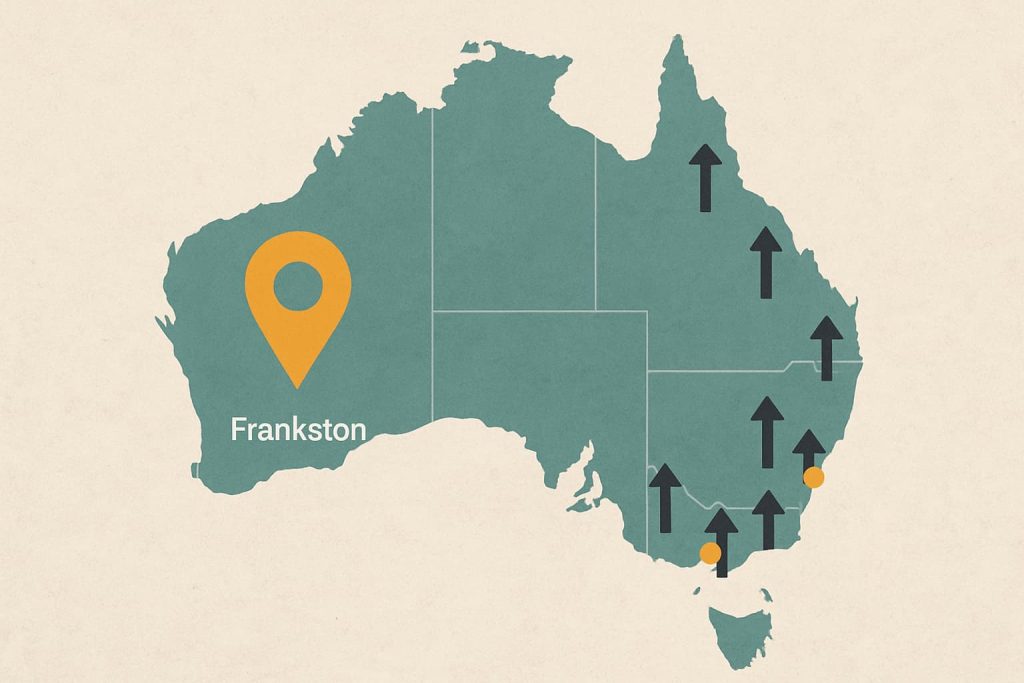The Federal Budget was handed down last week and one of the biggest issues facing the government now and as we approach the next election is housing.
In a bid to address the current cost-of-living and housing crises, Treasurer Jim Chalmers announced an $11.3 billion housing spending splash, particularly aimed at those that are struggling.
The government has a tight balancing act to do, trying to unlock more affordable housing, speed up infrastructure and increase student housing without putting too much upward pressure on inflation.
PopTrack senior economist Paul Ryan told Realestate.com the measures were focused on increasing housing supply to reduce housing costs.
“The government faces a difficult challenge in making housing more affordable,” he said.
“This is a key issue given Australians are facing record-low housing and rental affordability.”
Help for Struggling Renters
Renters on low incomes received a boost with the 10 per cent increase to the Commonwealth Rent Assistance payment that will benefit around one million households.
It comes on top of the 15 per cent increase announced last year and will mean an increase of around $70 a fortnight for eligible recipients after the two increases.
Housing Supply
In conjunction with the states, the federal government has agreed to support the building of 1.2 million new homes in the next five years through the Housing Australia Future Fund.
There will also be increases in funding for social and affordable housing, with the government expecting to support 55,000 new social and affordable new home builds.
When it comes to first-home buyers, the government is hoping to provide assistance through the Help to Buy scheme, which they announced in 2022.
The scheme allows the government to contribute up to 40 per cent of the equity for first-homes purchases, allowing buyers to get into the market with a tiny deposit as low as 2 per cent.
This Help to Buy scheme would immediately get around 10,000 new first-home buyers into the property market but is unfortunately currently locked up in Parliament without support from either the Coalition or the Greens.
Housing Infrastructure
The budget features an additional $1 billion to be added to the $500 million previously allocated to help states and territories speed up the construction of housing infrastructure that will help more homes get built faster.
This will mean more spending on new roads, sewers, electricity, water and community infrastructure to create more areas that are suitable for buyers to build their new homes in.
Social and Affordable Housing
The federal government will increase funding to the National Housing and Homelessness Agreement to the tune of $200 million and will offer nearly $2 billion in concessional loans to community housing providers. This will go towards the construction of 40,000 social and affordable homes, which is all part of the Housing Australia Future Fund and Housing Accord.
Workforce Training
To get more homes built more quickly, the federal budget has allocated $88.8 million for 20,000 new TAFE places for construction courses where fees will be completely waived.
On top of this, nearly $2 million will be set aside to fast-track skills assessments for migrants who want to work in the housing construction industry.
Student Housing
The federal government has committed to lean on universities to increase their student housing supply. This comes as international education enrolments have grown without the growth in student housing to match, putting further pressure on the housing market.
Treasurer Chalmers said the government will limit how many international students that can be enrolled based on a formula that includes how much extra housing they build.
General Infrastructure
This year’s federal budget will spend $16.5 billion for infrastructure projects across the country over the next decade which are designed to connect new communities and housing constructions. The government is aiming to open up new land for housing with these types of infrastructure projects.



